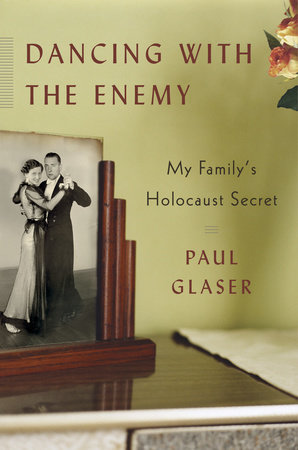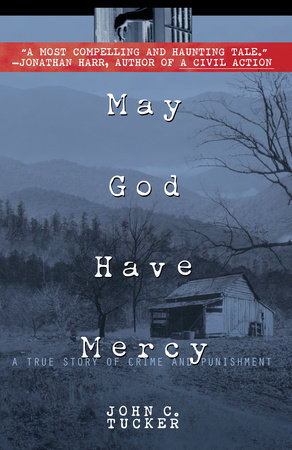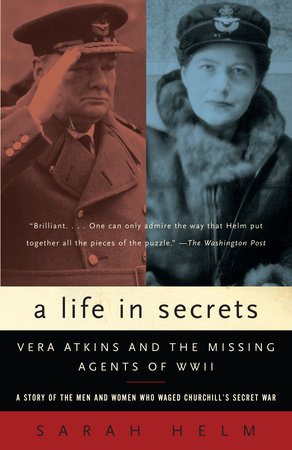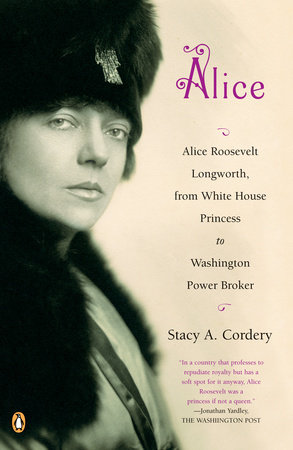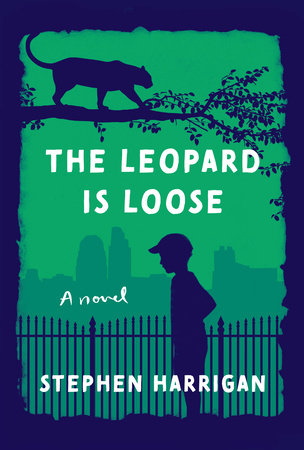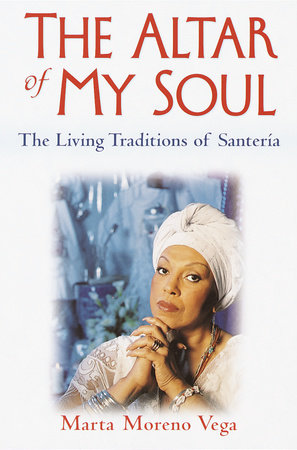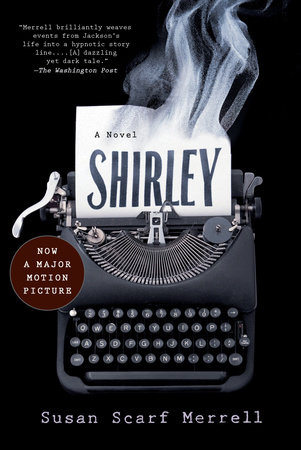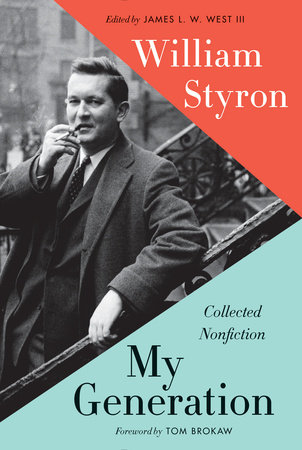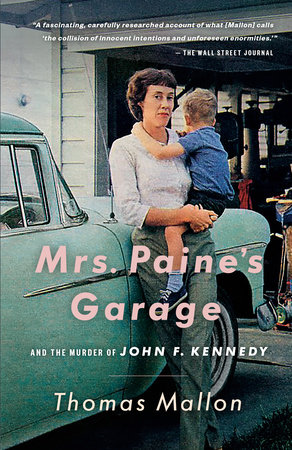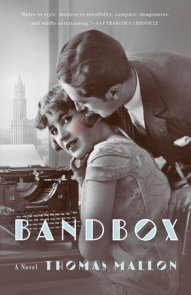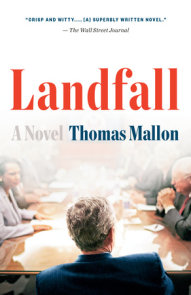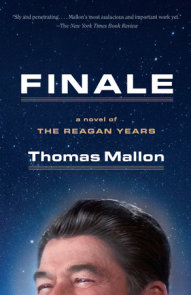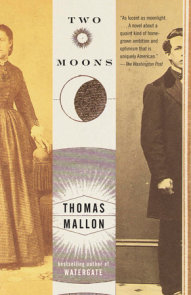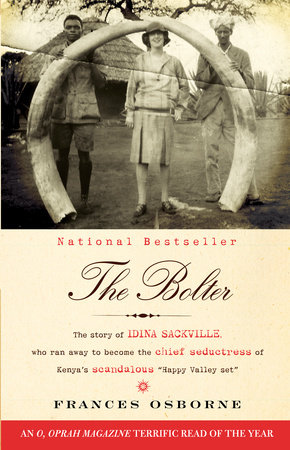Author Q&A
A conversation with Thomas Mallon,
Q:Who is Ruth Paine?
A:Ruth Paine, now 68 years old, was arguably the most important witness before the Warren Commission in 1964. Aside from Lee Harvey Oswald’s widow, she is the central surviving figure in the story of John F. Kennedy’s assassination. Mrs. Paine, a young housewife and committed Quaker who was studying the Russian language, befriended Lee and Marina Oswald after she met them at a party in Dallas in early 1963. Within months, Marina was living with Ruth in suburban Irving, where Oswald would come to visit on the weekends. Unbeknownst to Ruth, who helped get him his job at the Texas School Book Depository, Oswald was keeping his rifle in her garage. He came out unexpectedly on Thursday, November 21, to pick it up. The book opens on that evening.
Q:How did you become interested in her story?
A:I’d been aware of Ruth Paine since the weekend of the Kennedy assassination, which took place when I was twelve years old. The ways in which people experience and survive sudden encounters with history has appealed to my imagination for decades. Most of my novels have involved such people, be they invented characters or minor figures from real life. MRS. PAINE’S GARAGE, while non-fiction, has strong links to my best-known novel, Henry and Clara, the story of the young engaged couple who accompanied the Lincolns to Ford’s Theatre in 1865. Shortly after that book’s publication in 1994, I began corresponding with Mrs. Paine, asking if I could tell the story of how her kindness to the Oswalds had plunged her into a swirl of investigations, media coverage and suspicion concerning the most famous murder of the twentieth century.
Q:What were your encounters with her like?
A:For several years Ruth was disinclined to cooperate with this project, and I understood her reasons. Even so, we became friendly acquaintances and occasional correspondents. In the summer of 1999, not long after John F. Kennedy Jr.’s death, she told me she thought she might be ready to talk about her experience in a more personal way than she ever had before. We met at her home in Florida, the following June, for a series of lengthy, sometimes emotional, interviews. Had Ruth’s life never been touched by this horrific event, she would still have been an exceptionally interesting person, and I hope the book shows that, too.
Q:What other research did the book entail?
A:I’ve interviewed Ruth’s ex-husband; her adult daughter; old friends from her time in Dallas and afterwards. I’ve explored the voluminous records pertaining to her–FBI reports, correspondence with Marina Oswald and the Warren Commission–in the National Archives and the Friends Historical Library at Swarthmore College. I have attended a conference of conspiracy theorists of the assassination; lurked in the electronic world of internet newsgroups devoted to the subject; and stood inside the garage where Oswald wrapped up his gun and Ruth painted a set of children’s blocks at different points in the evening before Kennedy was killed.
Q:What most surprised you in the course of your research and writing?
A:That there are still fresh things to be learned about the assassination–odd, often astonishing facts that have less bearing on a reading of the “evidence” than our understanding of the human dimension of this tragedy. “It remains, emotionally, very fresh,” Ruth told me last summer. I’ve come to realize the truth of her observation not only as it relates to herself, but as it does to me–only a small boy when John Kennedy died–and to the entire United States.




